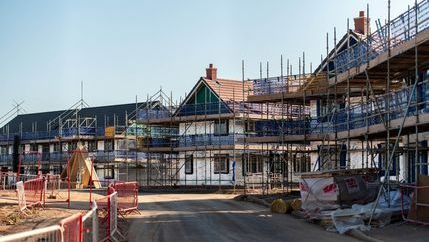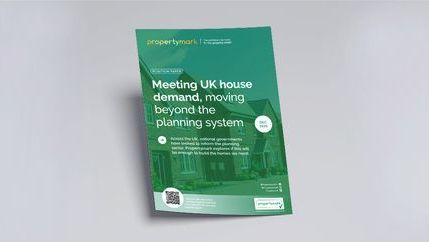
A two-tier system for planning functions
MHCLG proposes a nationally defined two-tier structure:
- Tier A: Routine or minor applications delegated to planning officers
- Tier B: Complex or controversial cases decided by committee
We support this in principle. It makes sense for minor decisions to be delegated, reducing bottlenecks and freeing up committee time for more strategic developments. However, we firmly believe local councillors must retain the right to call in Tier A applications within their ward to be considered by the committee — an essential safeguard for democratic accountability and local oversight.
We’ve highlighted the need for a clear process and time frame to exercise this right, with default delegation if no action is taken within the set period.
Size and composition of planning committees
The consultation documents suggest a maximum of 11 members per planning committee.
We disagree. A one-size-fits-all cap does not reflect the reality of local authority diversity. A rural council might function well with 11 members, but a large urban authority may need more to ensure fair representation. We’ve recommended a flexible range of nine to 15 members, allowing councils to choose what works best for them. Similarly, we support a minimum threshold — nine for smaller councils and 11 for larger ones —to ensure decision-making can proceed year-round.
Raising standards of competency
We support mandatory certification for planning committee members, administered at a national level. This will ensure a consistent baseline of understanding across England and reduce the burden on individual councils. Importantly, there should be flexibility for councils to tailor parts of the training to local needs.
Training should be modular, with key mandatory components and optional modules for issues such as heritage assets, infrastructure planning, or environmental policy.
Safeguards and oversight
Propertymark agrees that the proposed "gateway test", where both the chief planner and committee chair agree whether a Tier A application should go to committee, strikes the right balance between operational efficiency and democratic scrutiny.
We are also in favour of the inclusion of special control applications — like advertising control and listed building consent — within Tier A decisions, provided the local councillor retains a call-in option.
Representing our members
These reforms align with Propertymark’s wider calls for greater consistency and efficiency in the planning system, especially as they relate to housing delivery and local infrastructure. We’ve consistently argued that overly complex and inconsistent planning systems can delay much-needed development and frustrate both communities and professionals.
Our responses are informed by ongoing member engagement and reflect previous recommendations in our briefings to councillors and policymakers on the importance of professionalised, transparent, and responsive local planning.
The consultation is open until 23 July 2025, and we encourage members to review the proposals and respond individually if they wish. You can read the consultation document here.






